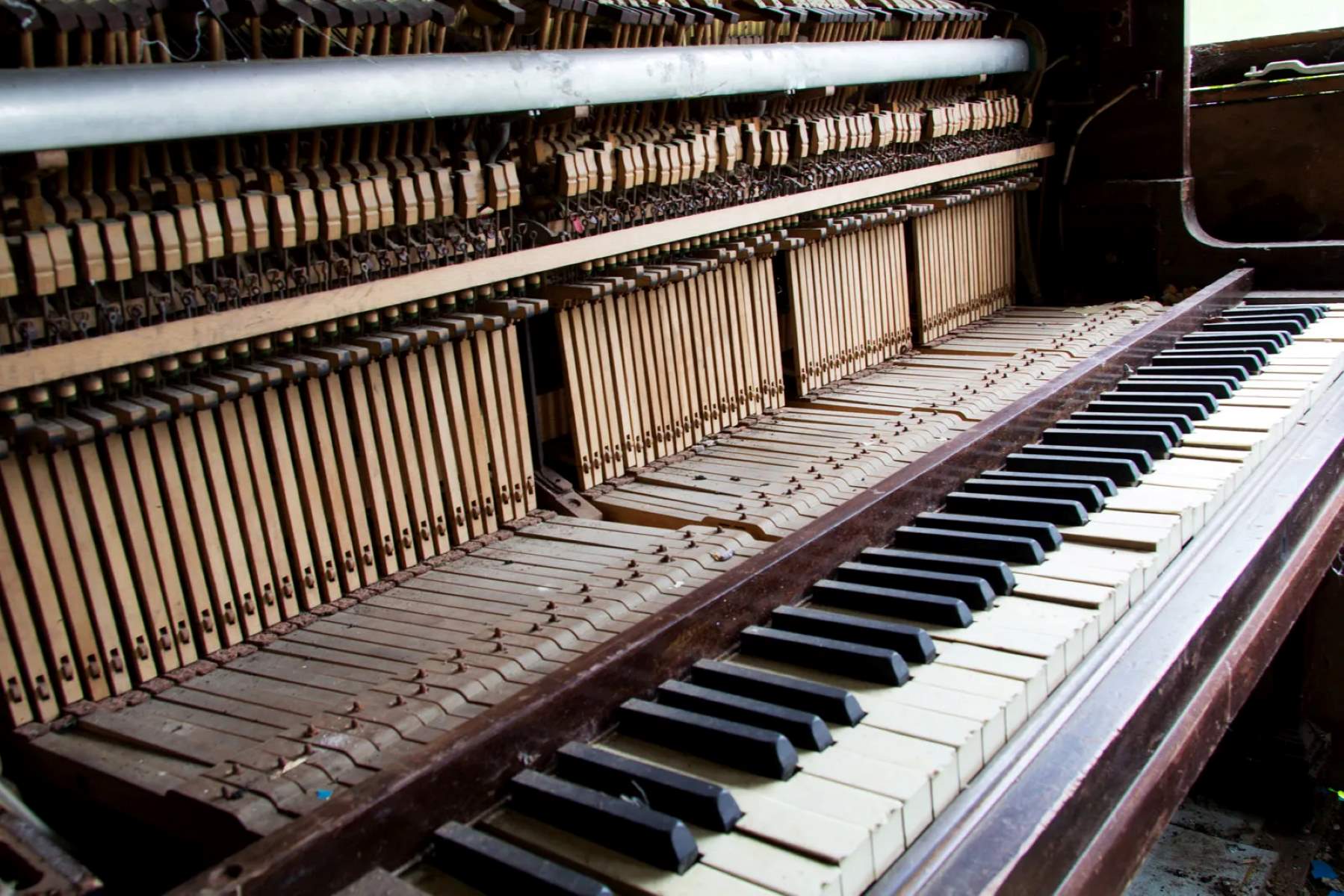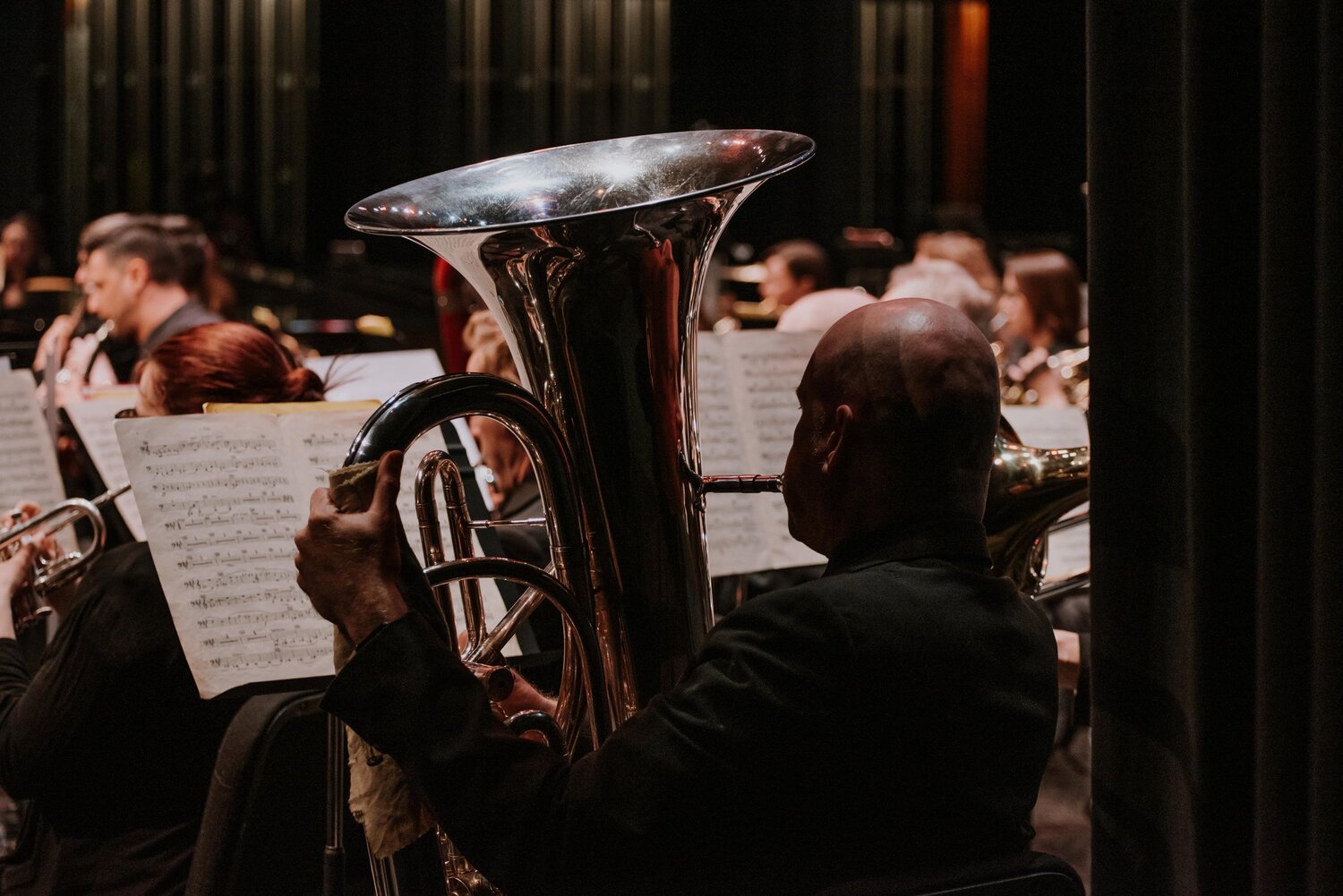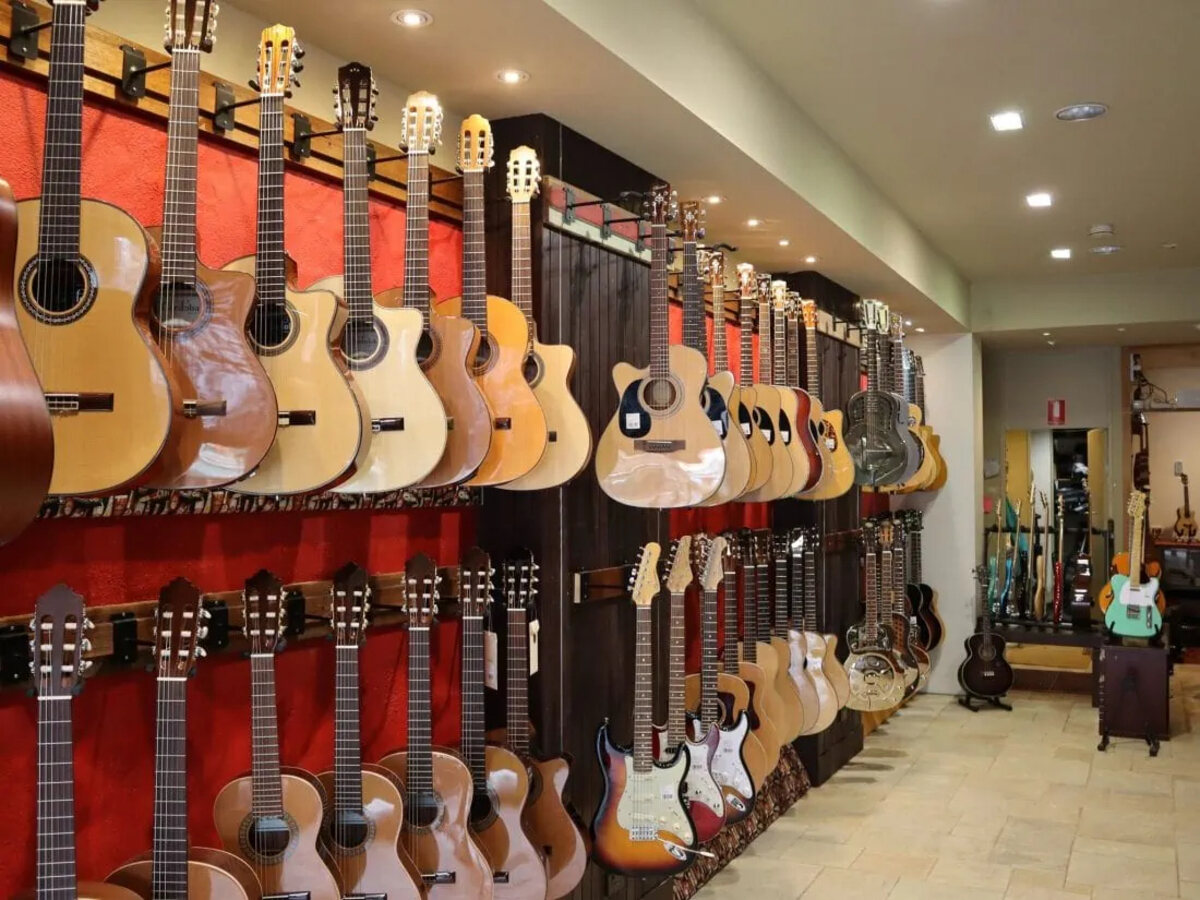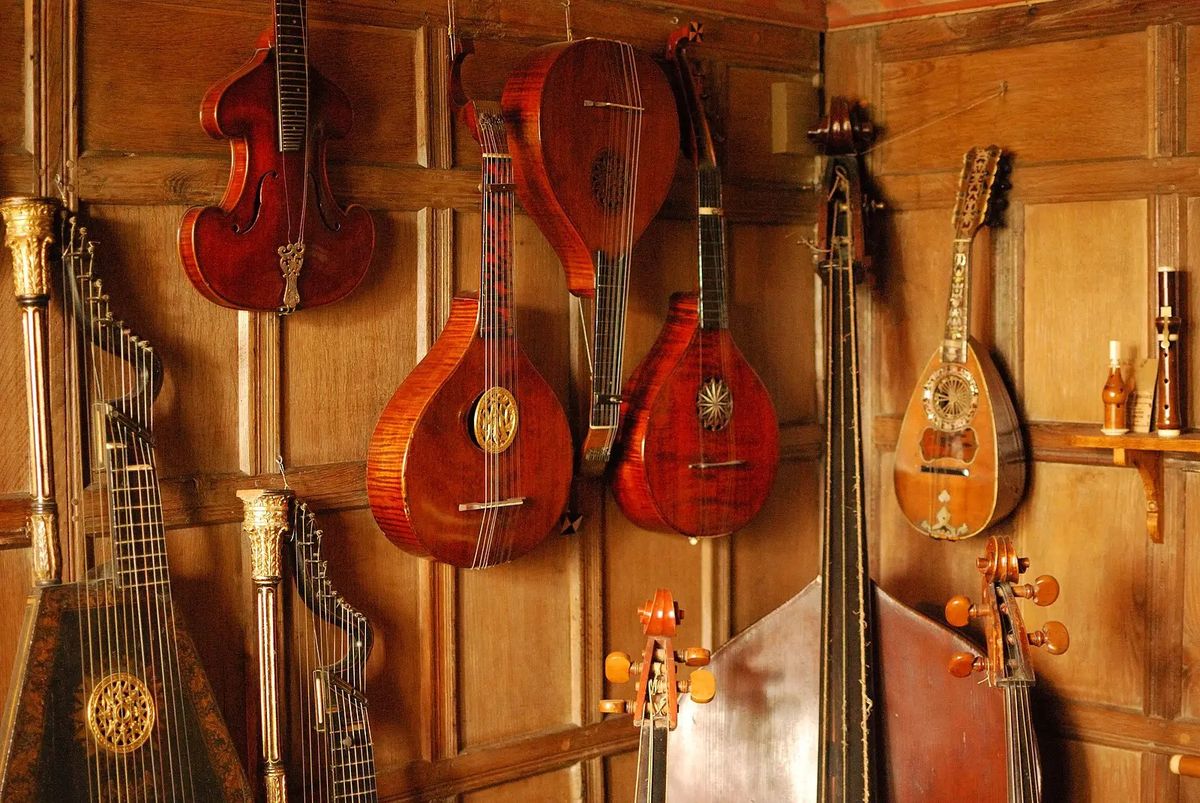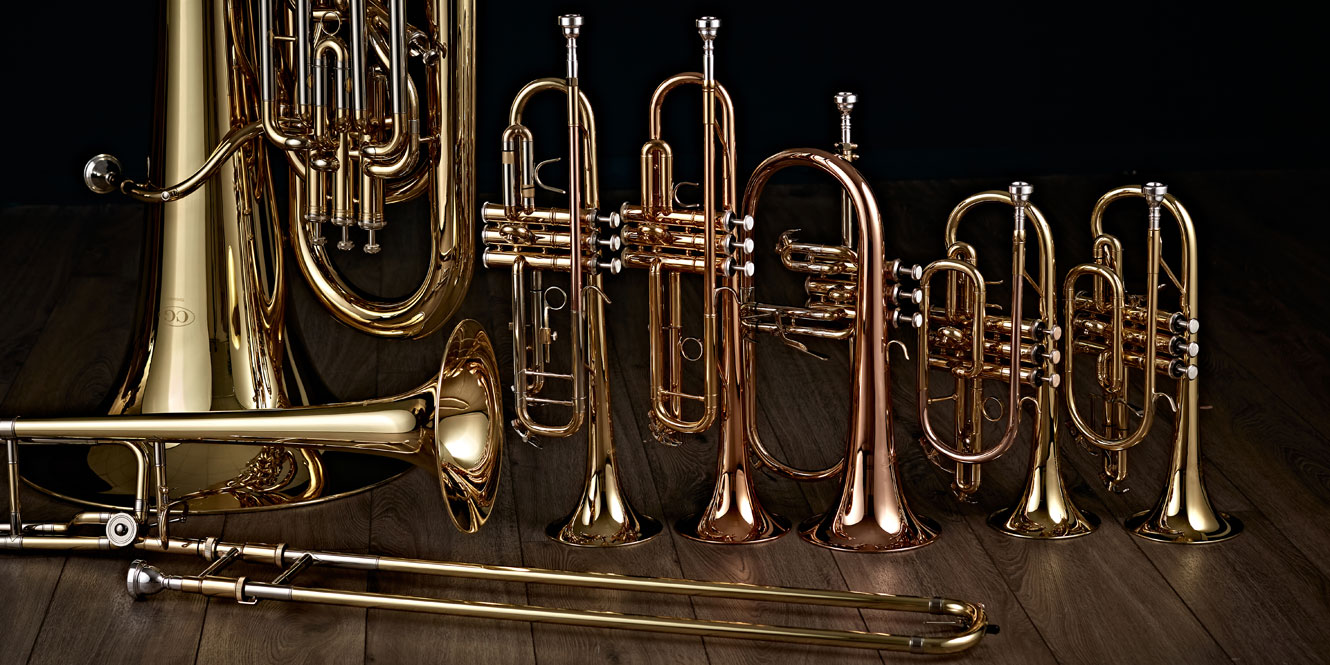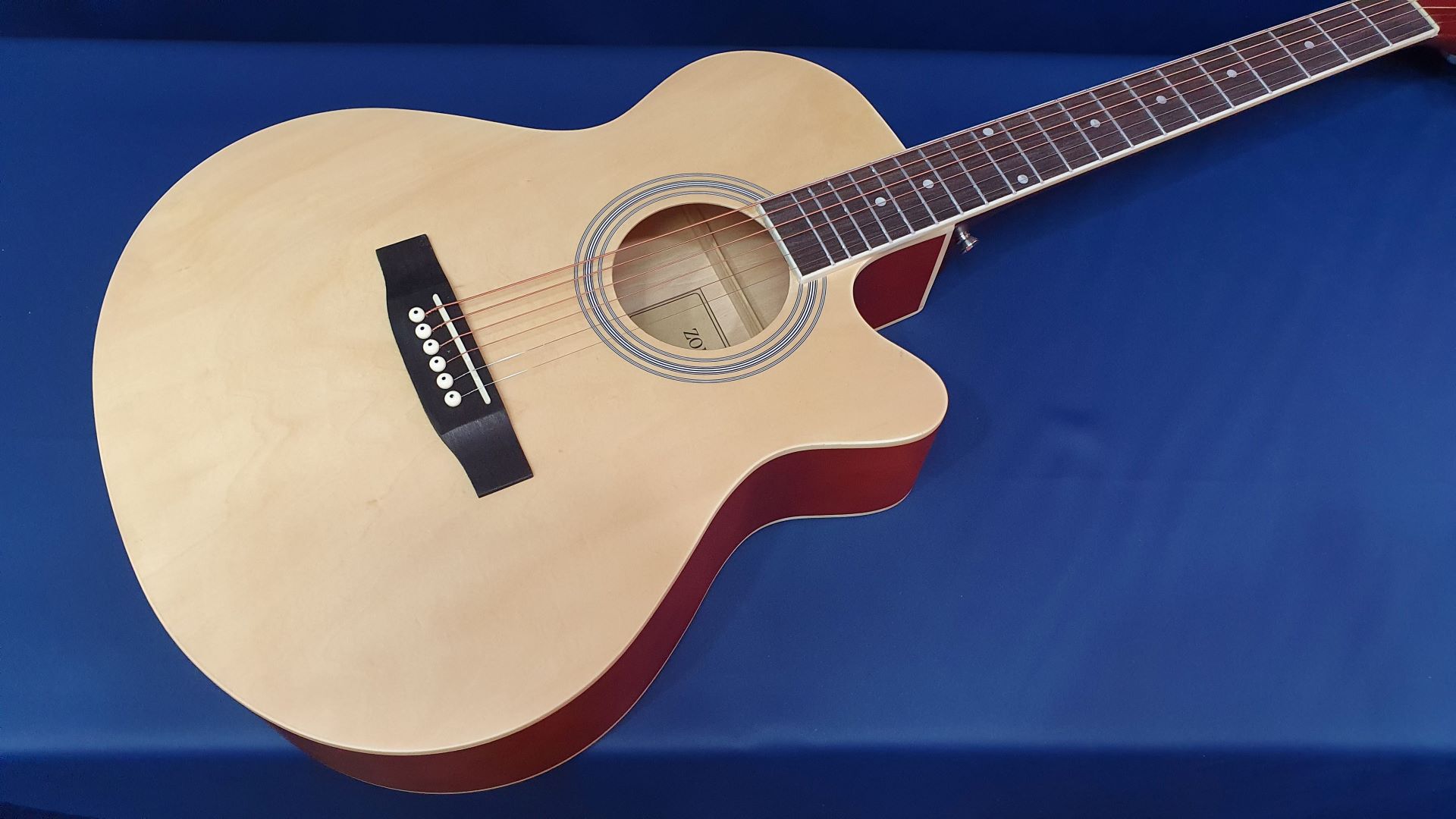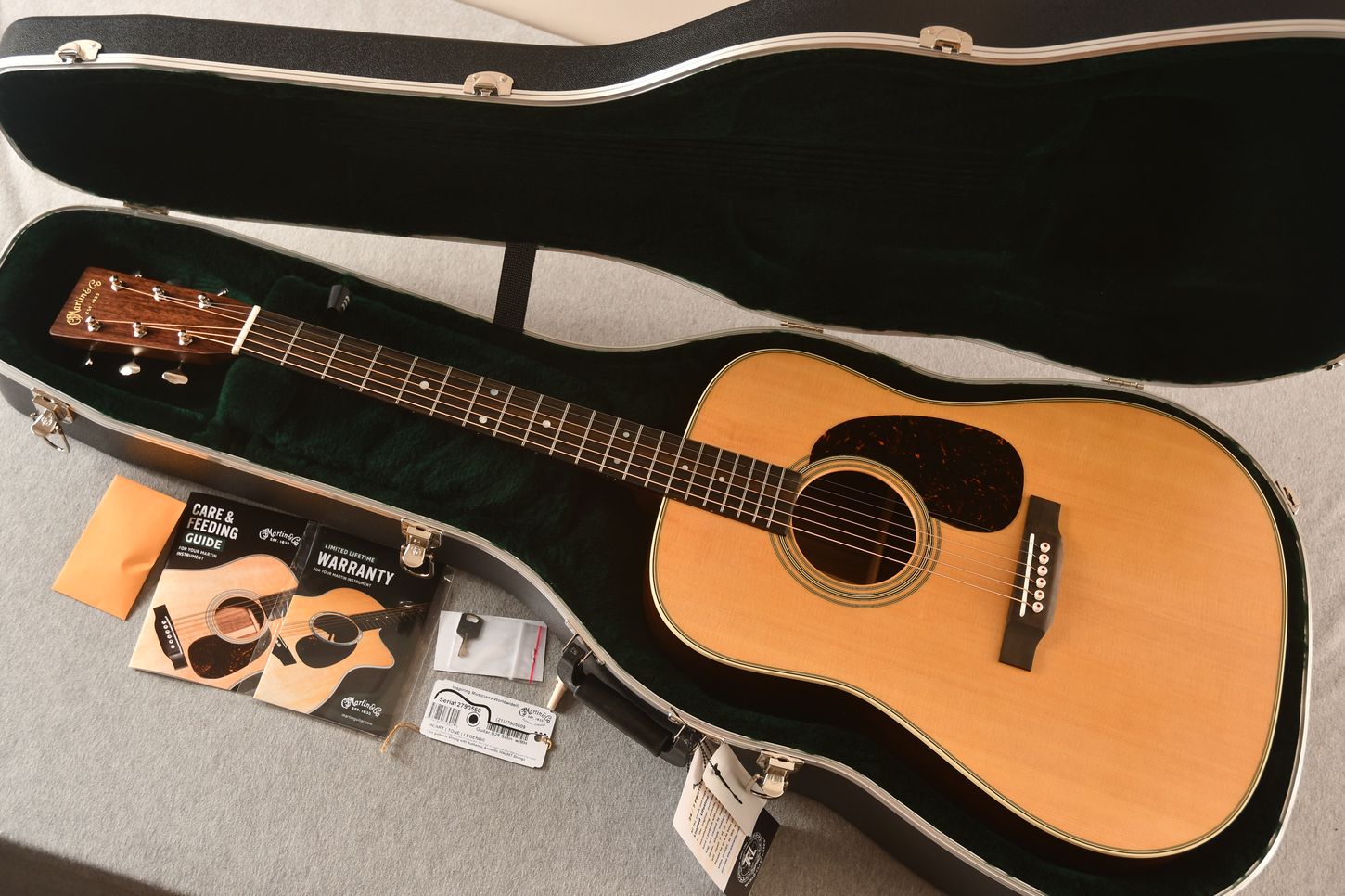Home>Production & Technology>Acoustic>What Are Acoustic Instruments


Acoustic
What Are Acoustic Instruments
Published: March 11, 2024
Discover the beauty of acoustic instruments and their unique sound. Learn about the different types and how they enhance musical performances. Explore the world of acoustic music today!
(Many of the links in this article redirect to a specific reviewed product. Your purchase of these products through affiliate links helps to generate commission for AudioLover.com, at no extra cost. Learn more)
Table of Contents
Introduction
Acoustic instruments have a timeless allure that transcends generations and musical genres. These instruments produce sound entirely through natural means, without the need for electrical amplification. From the gentle strumming of a guitar to the resonant tones of a grand piano, acoustic instruments possess a unique ability to evoke emotion and connect with listeners on a profound level.
The beauty of acoustic instruments lies in their simplicity and authenticity. They harness the natural vibrations of strings, air, or membranes to create rich, organic sounds that resonate with the human soul. Whether it's the warm timbre of a wooden violin or the vibrant resonance of a brass trumpet, acoustic instruments offer a diverse range of tonal colors that captivate audiences in intimate settings and grand concert halls alike.
In a world inundated with digital technology, acoustic instruments stand as a testament to the enduring craftsmanship and artistry of traditional music-making. They embody the skill and dedication of artisans who meticulously carve, shape, and tune each instrument to perfection, ensuring that every note produced is imbued with warmth and character.
As we delve into the realm of acoustic instruments, we embark on a journey through history, culture, and the boundless creativity of musicians. Each instrument carries its own unique story, reflecting the traditions and innovations of different cultures across the globe. From the haunting melodies of a wooden flute in the forests of Asia to the rhythmic beats of a djembe drum in the heart of Africa, acoustic instruments serve as vessels of cultural expression and artistic heritage.
In the following sections, we will explore the diverse array of acoustic instruments, their defining characteristics, and the profound impact they have had on the world of music. Join us as we unravel the enchanting world of acoustic instruments and discover the magic that lies within their timeless melodies and harmonious vibrations.
Definition of Acoustic Instruments
Acoustic instruments, also known as unplugged or natural instruments, are musical devices that produce sound through the vibration of strings, air, or membranes, without the need for electrical amplification. These instruments harness the inherent acoustic properties of materials such as wood, metal, and animal skin to create a wide range of tones and timbres. Unlike their electric counterparts, acoustic instruments rely solely on the physical resonance and amplification of sound waves to produce music.
The defining characteristic of acoustic instruments lies in their ability to generate sound through purely mechanical means, without the aid of electronic amplification or digital processing. This organic approach to sound production results in a rich, warm tonal quality that is highly valued for its natural and authentic sound. Whether it's the gentle plucking of nylon strings on a classical guitar or the reverberating vibrations of a grand piano, acoustic instruments offer a depth and complexity of sound that is deeply rooted in tradition and craftsmanship.
Acoustic instruments encompass a wide variety of musical devices, including string instruments such as guitars, violins, and cellos, as well as wind instruments like flutes, clarinets, and trumpets. Percussion instruments such as drums, tambourines, and xylophones also fall under the category of acoustic instruments, utilizing the natural resonance of materials to create rhythmic patterns and percussive sounds.
The beauty of acoustic instruments lies in their versatility and adaptability across different musical genres and cultural traditions. From the soulful melodies of a folk singer accompanied by an acoustic guitar to the grandeur of a symphony orchestra featuring a myriad of acoustic instruments, these devices have the power to captivate audiences and evoke profound emotional responses.
In essence, acoustic instruments embody the essence of traditional music-making, celebrating the craftsmanship, artistry, and cultural heritage of musical expression. Their timeless appeal and enduring significance in the world of music make them a cherished and integral part of musical compositions and performances across the globe.
Types of Acoustic Instruments
Acoustic instruments encompass a diverse array of musical devices, each with its own unique sound-producing mechanisms and tonal characteristics. These instruments can be broadly categorized into three main types: string instruments, wind instruments, and percussion instruments.
String Instruments
String instruments produce sound through the vibration of strings, which are typically made of materials such as nylon, steel, or gut. The resonance of the strings is amplified through a hollow body or soundboard, creating rich and vibrant tones. Examples of string instruments include the timeless elegance of the violin, the soulful melodies of the acoustic guitar, the deep resonance of the cello, and the intricate plucking of the harp. Each string instrument offers a distinct timbre and playing technique, contributing to the rich tapestry of acoustic music.
Wind Instruments
Wind instruments generate sound by the vibration of air within the instrument's body or through the manipulation of a reed or mouthpiece. These instruments require the player to control the airflow and embouchure to produce specific pitches and tones. From the haunting melodies of the flute to the bold brass sounds of the trumpet and the mellow tones of the saxophone, wind instruments offer a diverse range of expressive possibilities. The natural resonance of wood, metal, or other materials contributes to the unique timbre of each wind instrument, adding depth and character to musical compositions.
Percussion Instruments
Percussion instruments create sound through the striking, shaking, or scraping of surfaces or materials. The varied textures and materials used in percussion instruments result in a wide spectrum of rhythmic and percussive sounds. From the thunderous resonance of the timpani to the intricate patterns of the djembe drum and the shimmering tones of the cymbals, percussion instruments add rhythmic complexity and dynamic energy to musical ensembles. The organic nature of percussion instruments allows for a diverse range of sonic textures, making them essential components of musical arrangements across genres.
The diverse range of acoustic instruments, spanning string, wind, and percussion categories, showcases the rich tapestry of sound and expression that defines traditional music-making. Each type of acoustic instrument offers a unique sonic palette, contributing to the depth and diversity of musical compositions and performances. Whether in solo performances, chamber ensembles, or large orchestras, acoustic instruments continue to captivate audiences with their timeless charm and evocative melodies.
Characteristics of Acoustic Instruments
Acoustic instruments possess a myriad of distinctive characteristics that set them apart from their electronic counterparts and contribute to their enduring appeal and versatility in the world of music. These defining traits encompass the organic sound production, tactile interaction, and rich tonal qualities that make acoustic instruments a cherished and integral part of musical expression.
Organic Sound Production
The hallmark characteristic of acoustic instruments lies in their ability to produce sound through purely mechanical means, without the need for electrical amplification or digital processing. This organic approach to sound production results in a rich, warm tonal quality that is highly valued for its natural and authentic sound. Whether it's the resonant vibrations of a grand piano's strings or the subtle nuances of a wooden flute, acoustic instruments harness the inherent acoustic properties of materials to create a diverse range of tones and timbres.
Tactile Interaction
Acoustic instruments offer a tactile and intimate playing experience that fosters a deep connection between the musician and the instrument. The physical act of plucking strings, blowing air into a mouthpiece, or striking percussion surfaces creates a direct and immediate interaction with the instrument, allowing musicians to express their emotions and artistic interpretations through subtle gestures and touch. This tactile engagement with acoustic instruments adds a layer of intimacy and authenticity to musical performances, enabling musicians to convey their musicality with nuance and sensitivity.
Rich Tonal Qualities
The tonal characteristics of acoustic instruments are as diverse as the materials from which they are crafted. From the warm, mellow tones of a wooden violin to the bright, metallic resonance of a brass trumpet, each acoustic instrument offers a unique sonic palette that contributes to the depth and complexity of musical compositions. The natural resonance of materials such as wood, metal, and animal skin imbues acoustic instruments with a rich and nuanced timbre, allowing musicians to explore a wide range of expressive possibilities and sonic textures.
Versatility and Adaptability
Acoustic instruments exhibit remarkable versatility and adaptability across different musical genres and cultural traditions. Whether in classical orchestral settings, folk music performances, jazz ensembles, or contemporary pop arrangements, acoustic instruments seamlessly integrate into diverse musical contexts, showcasing their ability to evoke a wide spectrum of emotions and moods. This versatility enables acoustic instruments to transcend cultural boundaries and resonate with audiences across the globe, making them a universal language of musical expression.
In essence, the characteristics of acoustic instruments, including their organic sound production, tactile interaction, rich tonal qualities, and versatility, underscore their enduring significance and timeless allure in the world of music. These defining traits embody the essence of traditional music-making, celebrating the craftsmanship, artistry, and cultural heritage of musical expression, and continue to captivate audiences with their timeless charm and evocative melodies.
Popular Acoustic Instruments
Acoustic instruments have carved a profound legacy in the world of music, captivating audiences with their timeless charm and evocative melodies. Among the vast array of acoustic instruments, several stand out as iconic symbols of musical expression and cultural heritage. These popular acoustic instruments have left an indelible mark on the fabric of music, enriching compositions and performances with their distinctive sounds and expressive capabilities.
The Acoustic Guitar
The acoustic guitar reigns as one of the most beloved and versatile instruments in the realm of acoustic music. Its resonant tones and melodic versatility have made it a staple in genres ranging from folk and blues to rock and pop. With its rich harmonies and rhythmic accompaniment, the acoustic guitar has become an emblem of intimate solo performances and collaborative ensembles, captivating listeners with its soulful melodies and intricate fingerpicking techniques.
The Grand Piano
Renowned for its majestic presence and unparalleled tonal range, the grand piano stands as a timeless icon of acoustic music. Its resonant soundboard and meticulously crafted strings produce a symphonic depth that has graced concert halls and recording studios alike. From classical masterpieces to contemporary compositions, the grand piano's expressive capabilities and dynamic nuances have made it an indispensable instrument in the world of acoustic music.
The Violin
As the epitome of classical string instruments, the violin exudes elegance and emotional resonance. Its soaring melodies and expressive phrasing have made it a cornerstone of orchestral arrangements and solo performances. With its ability to convey a wide spectrum of emotions, from haunting melancholy to jubilant exuberance, the violin has enraptured audiences with its timeless allure and virtuosic prowess.
The Flute
With its ethereal timbre and graceful articulation, the flute holds a prominent place among wind instruments. Its delicate yet powerful sound has graced symphonies, chamber ensembles, and solo recitals, weaving enchanting melodies that evoke a sense of serenity and enchantment. The flute's evocative nature and agile phrasing have established it as a cherished instrument in the realm of acoustic music.
The Drum Kit
Percussive dynamism and rhythmic vitality define the drum kit as a cornerstone of acoustic ensembles across genres. From the thunderous resonance of the bass drum to the shimmering tones of the cymbals, the drum kit infuses compositions with pulsating energy and dynamic textures. Its expressive versatility and rhythmic complexity have made it an indispensable force in shaping the sonic landscapes of acoustic music.
In essence, these popular acoustic instruments embody the rich tapestry of sound and expression that defines traditional music-making. Their enduring significance and timeless allure continue to captivate audiences, transcending cultural boundaries and resonating with listeners on a profound level. Whether in solo performances, ensemble collaborations, or grand orchestral arrangements, these iconic acoustic instruments stand as testaments to the enduring craftsmanship, artistry, and cultural heritage of musical expression.
Conclusion
In conclusion, the enchanting world of acoustic instruments transcends mere musical devices; it embodies a profound connection between tradition, craftsmanship, and the human spirit. From the organic sound production and tactile interaction to the rich tonal qualities and enduring versatility, acoustic instruments stand as timeless symbols of musical expression and cultural heritage.
As we journey through the realm of acoustic instruments, we are immersed in a tapestry of sonic artistry that spans centuries and continents. The resonance of a grand piano, the soulful melodies of a violin, the ethereal tones of a flute, and the rhythmic vitality of a drum kit converge to create a symphony of human creativity and emotional resonance.
The enduring appeal of acoustic instruments lies in their ability to evoke a wide spectrum of emotions and moods, transcending language barriers and cultural divides. Whether in the intimate setting of a coffeehouse performance or the grandeur of a symphony orchestra, acoustic instruments have the power to captivate audiences and stir the depths of the human soul.
Furthermore, the craftsmanship and artistry inherent in acoustic instruments serve as a testament to the enduring legacy of traditional music-making. Each instrument carries with it a rich heritage of cultural expression and artistic innovation, reflecting the ingenuity and creativity of generations past and present.
In a world increasingly dominated by digital technology, acoustic instruments stand as guardians of authenticity and human connection in music. Their timeless allure and enduring significance remind us of the intrinsic value of craftsmanship, artistry, and cultural heritage in the realm of musical expression.
As we embrace the enchanting world of acoustic instruments, we celebrate the boundless creativity and emotional depth they bring to our lives. Their melodies resonate through the annals of history, weaving a narrative of human expression and cultural diversity that transcends time and space.
In essence, acoustic instruments are not merely tools of music; they are vessels of human emotion, ingenuity, and tradition. Their melodies echo through the ages, reminding us of the enduring power of authentic, heartfelt expression in the universal language of music.


